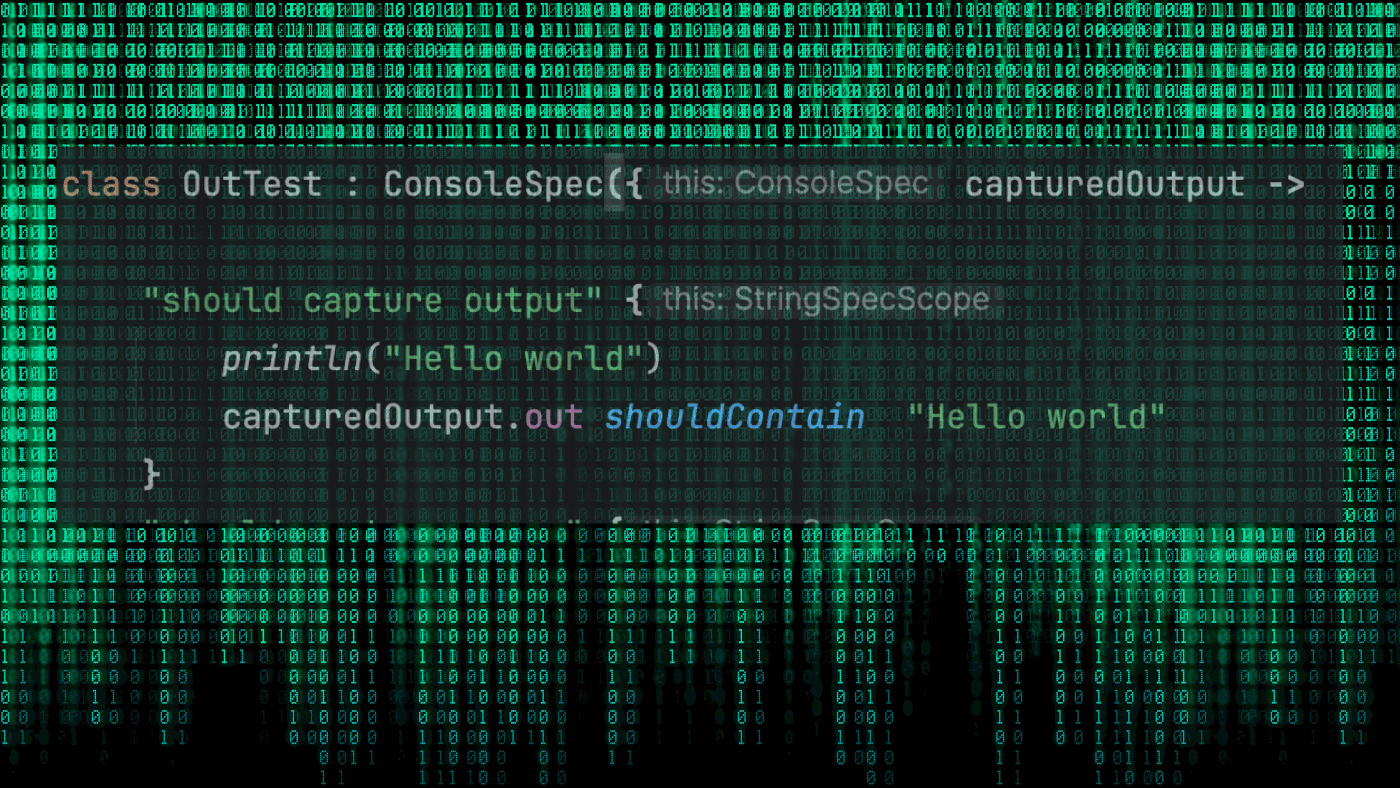Kotlin
Conquer Authentication with Ktor: Part 1 – Getting Started
This post is part of a series. In today’s post, we’ll create a project from scratch, defining API endpoints to build upon. I’ll demonstrate how to use Ktor to develop a web server, which dependencies to install, and how to structure the project for easy maintenance. There’s a lot to cover, so let’s get started!





